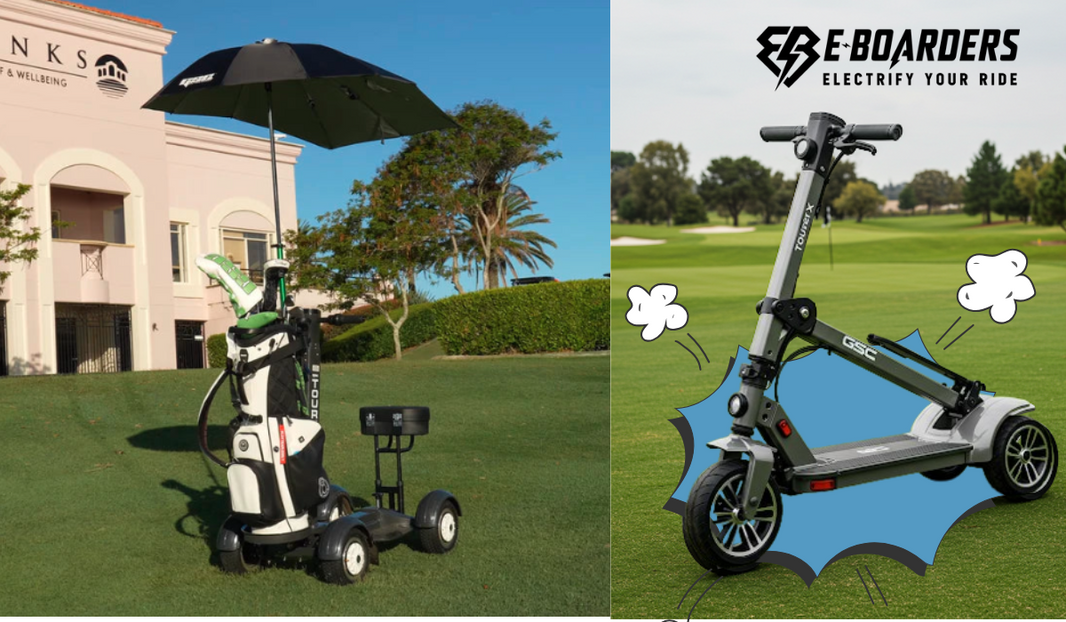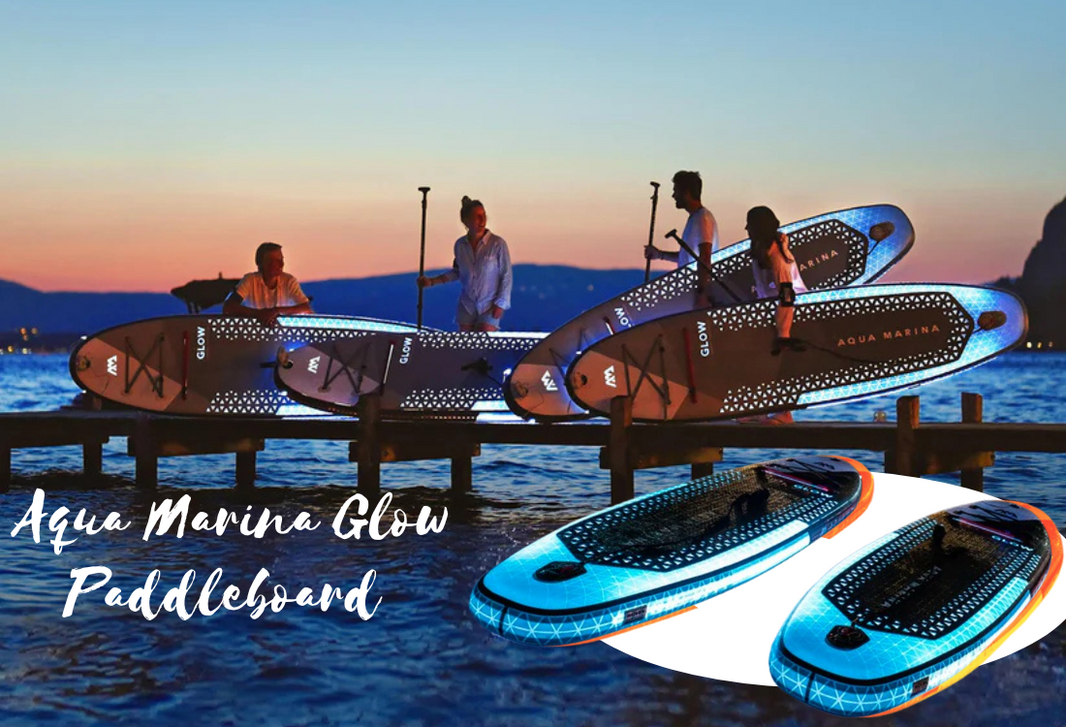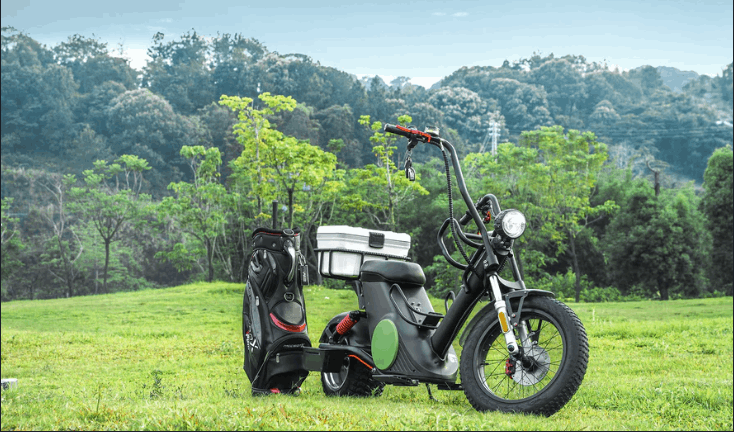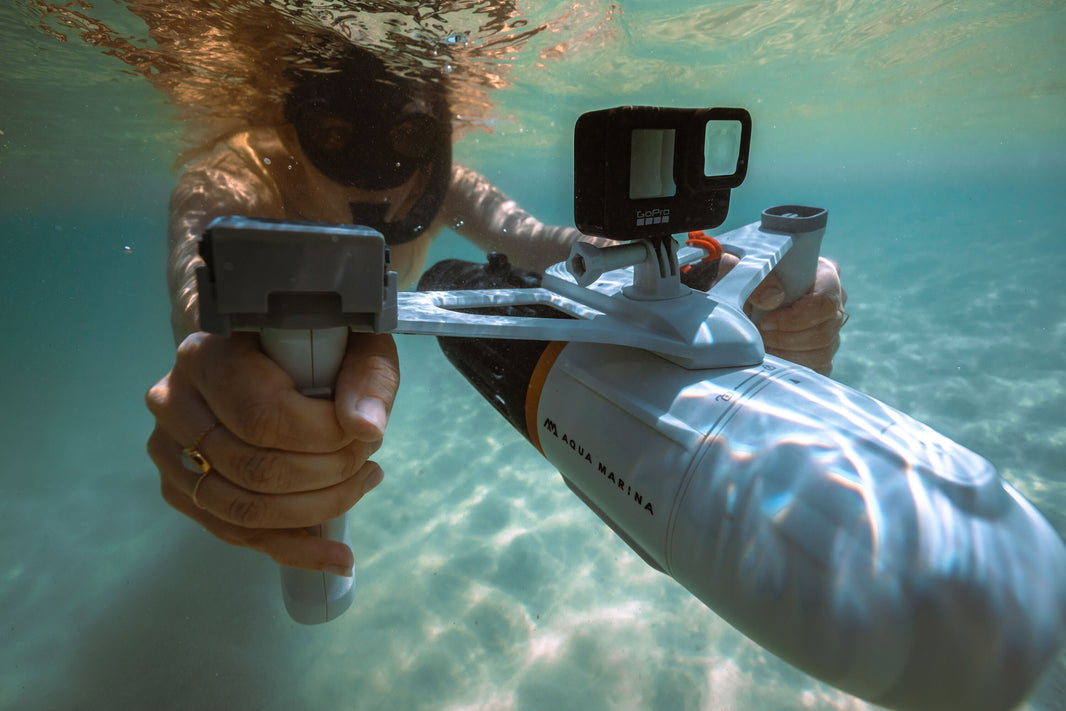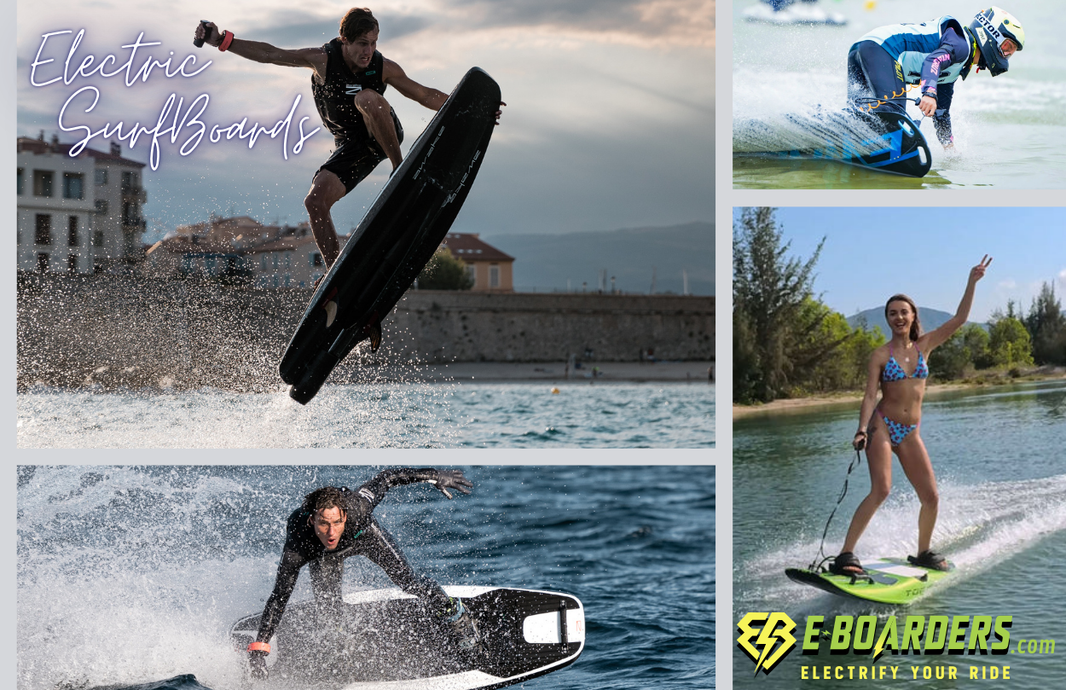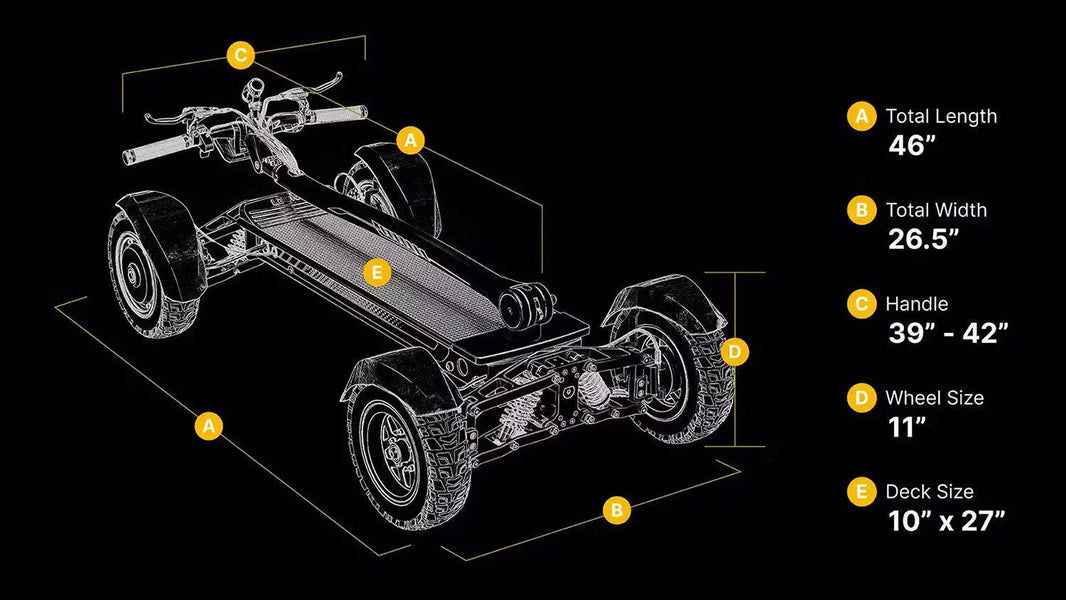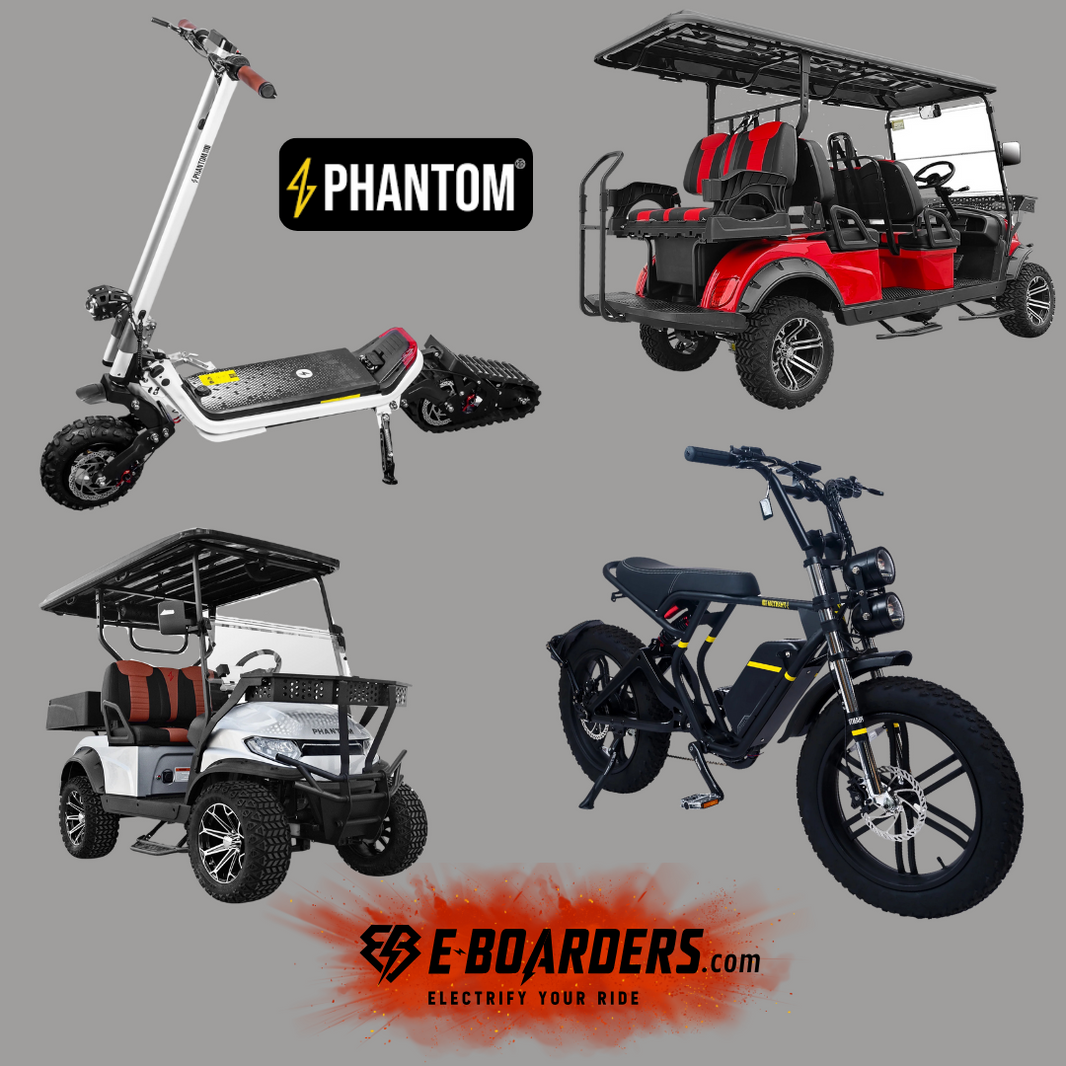
Electric bikes, or e-bikes, have gained immense popularity among commuters, adventure seekers, and casual riders. With this surge in interest comes a plethora of questions. If you’ve been contemplating getting an e-bike or simply want to understand what all the buzz is about, you’re in good company.
At E-BOARDERS.com, we believe in making the way ahead for a green future together, so we’ll answer 20 frequently asked questions about electric bikes to help you determine if they suit your lifestyle.
Your 20 Most Common Questions About Electric Bikes Answered
1. What exactly is an e-bike?
An e-bike, short for electric bike, is a bicycle fitted with a battery and an electric motor that assists with pedaling. While it resembles a traditional bike, the motor aid allows you to ride faster, conquer hills, and travel longer distances with ease.
2. How do e-bikes operate?
Whether manufactured by Kopuway, SoverSky, or any other brand, e-bikes are powered by a motor that kicks in to provide assistance as you pedal. Some models also feature a throttle, allowing you to accelerate without pedaling. Depending on the e-bike’s design, it may utilize a cadence or torque sensor to determine how much assistance to provide. You can adjust the level of support using various settings, while a rechargeable battery powers the motor and influences the bike’s range and efficiency.
3. What types of e-bikes are available to shop?
E-bikes come in several varieties to suit different riders. Here are a few common types available at E-BOARDERS.com:
- Commuter E-Bikes: These electric bikes are designed for urban environments and usually offer moderate speeds, making them suitable for city commuting. They are generally lighter for easier transport.
- Cruiser E-Bikes: These e-bikes are built for relaxed rides so you sit up straight and ride with wide bars and plush seats and cherish some of the old school vibes with coaster brakes.
- Fat-Tire E-Bikes: Ideal for off-road adventures, these bikes have oversized tires and powerful motors to navigate rough terrain, offering excellent stability on loose surfaces like sand and snow.
- Cargo & Family E-Bikes: With ample storage space and the ability to carry passengers, these electric bikes serve as practical alternatives to cars for errands or family outings.
- Mountain E-Bikes: Designed for challenging trails and steep climbs, these bikes are lightweight and agile, perfect for off-road enthusiasts.
- Gravel E-Bikes: These versatile bikes are built for mixed-terrain rides, such as gravel roads and light trails, making them suitable for various urban terrains.
Choosing the right e-bike starts with assessing your specific needs, including your daily activities, preferred routes, and riding style.
4. What do the different classes of e-bikes signify?
E-bikes are categorized into three classes:
- Class 1: Limited to 32 KPH, these bikes provide pedal assistance but do not have throttles and are permitted in most areas where traditional bicycles are allowed.
- Class 2: Also capped at 32 KPH, these bikes include throttles but may not be legal in places that restrict throttle use.
- Class 3: These e-bikes can reach speeds of up to 45 KPH and offer pedal assistance without throttles.
5. Can I ride my e-bike without pedaling?
Yes, but it depends on the e-bike model. Class 2 bikes typically feature a throttle for riding without pedaling, while Class 1 and Class 3 bikes generally require you to pedal to engage the motor.
6. What is a pedal assist, and how does it function?
Pedal assist is a feature that provides motor assistance as you pedal. Sensors detect your pedaling motion and activate the motor, giving you additional power. You can also modify the assistance level based on your riding conditions.
7. How do cadence sensors differ from torque sensors?
Both sensor types help manage motor assistance but operate differently. Cadence sensors measure pedaling speed and adjust assistance accordingly, while torque sensors assess your pedaling effort and adjust support based on how hard you’re pedaling.
8. How heavy are e-bikes?
The weight of e-bikes ranges from 18 to 40 kilograms, influenced by the type and construction. Commuter and gravel e-bikes tend to be lighter for better handling, while fat-tire and cargo bikes are usually heavier due to their robust designs.
9. What range should I expect from my e-bike?
Your required range depends on your intended use. For short commutes or errands, a range of 50-60 kilometers is generally sufficient. For longer rides, look for bikes that can cover 80 kilometers or more. Remember that factors like terrain and rider weight will impact the actual range.
10. How do I charge my e-bike for the first time?
Before your initial ride, fully charge the battery. Most chargers have indicators that signal when charging is complete, usually changing from red to green. When looking for precise instructions, you should always refer to the product manual.
11. How long does it take to charge an e-bike battery?
Charging times typically range from 3 to 7 hours, depending on battery size. Larger batteries often require longer charging times, so always check the manufacturer’s guidelines for best practices.
12. What is the lifespan of an e-bike battery?
Most modern e-bikes use lithium-ion batteries, which can withstand 500 to 1,000 charge cycles before showing significant capacity loss. Proper maintenance, such as avoiding overcharging and deep discharging, can help prolong your battery’s life.
13. Is it safe to ride an e-bike in the rain?
Yes, many e-bikes can handle light rain, but it’s essential to ensure that water does not infiltrate sensitive components like the motor and battery. Avoid heavy rain and deep puddles, use fenders, and clean your bike properly after rides in wet conditions.
14. Can I ride an e-bike off-road?
This depends on your e-bike model. Electric mountain bikes (eMTBs) and fat-tire e-bikes are designed for off-road conditions. Ensure your bike has appropriate features, such as suspension and durable tires, for trails and rough terrain.
15. Do I need a license to ride an e-bike in the USA?
Typically, no license is required as long as your e-bike meets certain criteria, including a power output not exceeding 250W and power assistance ceasing at 25 KPH. Be sure to check the regulations specific to your state.
16. How much do e-bikes cost?
Prices for e-bikes can vary significantly, ranging from $500 to $12,000 based on brand, type, and features. Entry-level models are more affordable, while higher-end options come with advanced features. However, the initial investment often pays off through savings on fuel and maintenance.
17. What kind of maintenance do e-bikes need?
Like any vehicle, e-bikes require regular maintenance, including cleaning and checking components. It’s advisable to have them serviced professionally as needed.
18. Is it possible to travel with my electric bike?
Traveling with an e-bike is generally feasible. If driving, ensure it fits in your vehicle or use an appropriate bike rack. For air travel, check your airline’s policies regarding e-bike transportation.
19. How do I find the right e-bike for me?
Selecting the perfect e-bike is vital for your riding experience. Consider the following factors:
- Purpose: Determine whether you need it for commuting, recreational riding, or transporting goods.
- Motor Power: Make sure the motor you choose is suitable for the terrain as well as your riding style.
- Range: Ensure the battery capacity aligns with your typical distance.
- Features: Look for necessary features such as suspension and lights based on your preferences.
- Size: Select a model size that fits you comfortably.
- Budget: Set a budget and find the best value within your range.
Don’t hesitate to test-ride several models to discover what suits you best. If you need further assistance, feel free to contact us.
20. Where can I purchase an e-bike?
At E-BOARDERS.com, we offer a wide range of e-bikes tailored to diverse lifestyles. Whether you’re a daily commuter, a casual rider, or seeking a practical alternative to driving, we have the perfect electric bike for you at an exclusive price. We feature top global brands and provide a network of service partners across the country.
To Conclude
Knowing the basic details of e-bikes will give you an insight into what to buy and how to make the most of your riding. E-bikes are a fun, eco-friendly, and efficient mode of transport, and with these answers to frequently asked questions, you’re well set to pick the right e-bike for you. To explore the different varieties of electric bikes available at E-BOARDERS.com, visit here: https://e-boarders.com/collections/electric-bikes.



